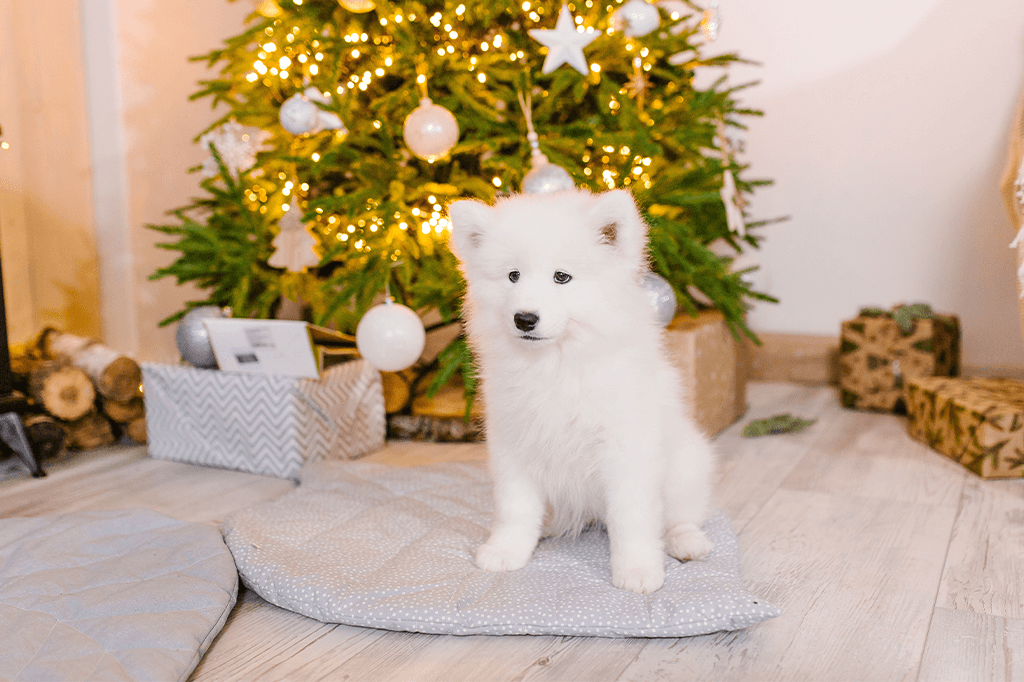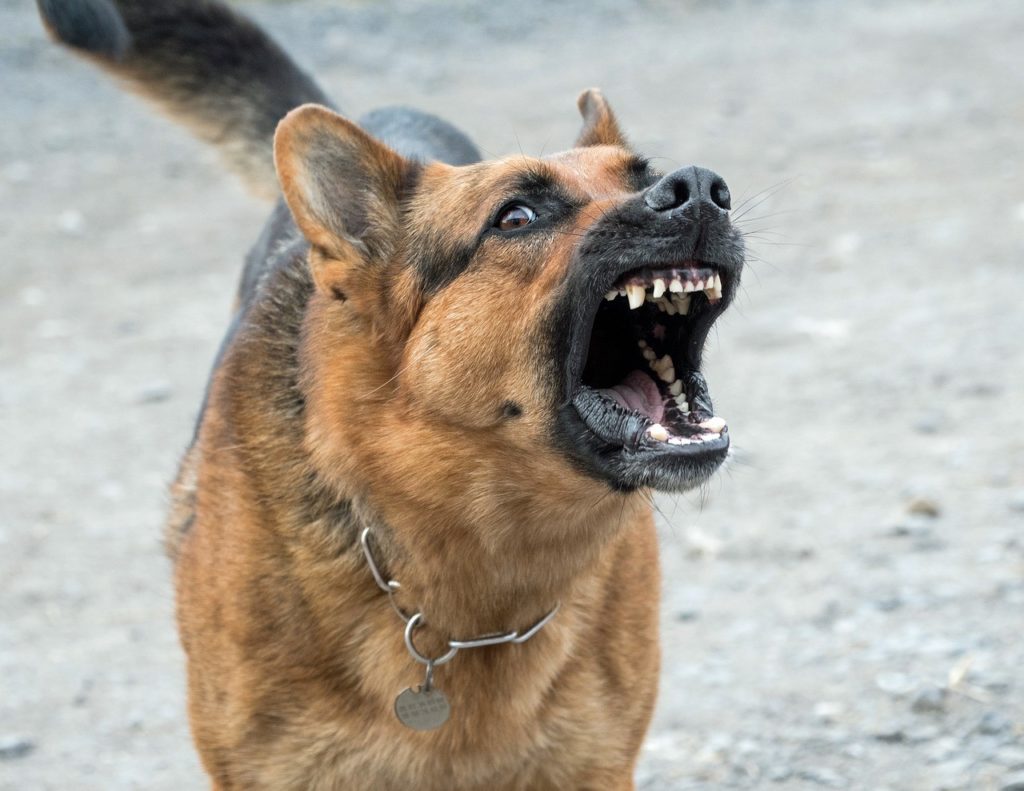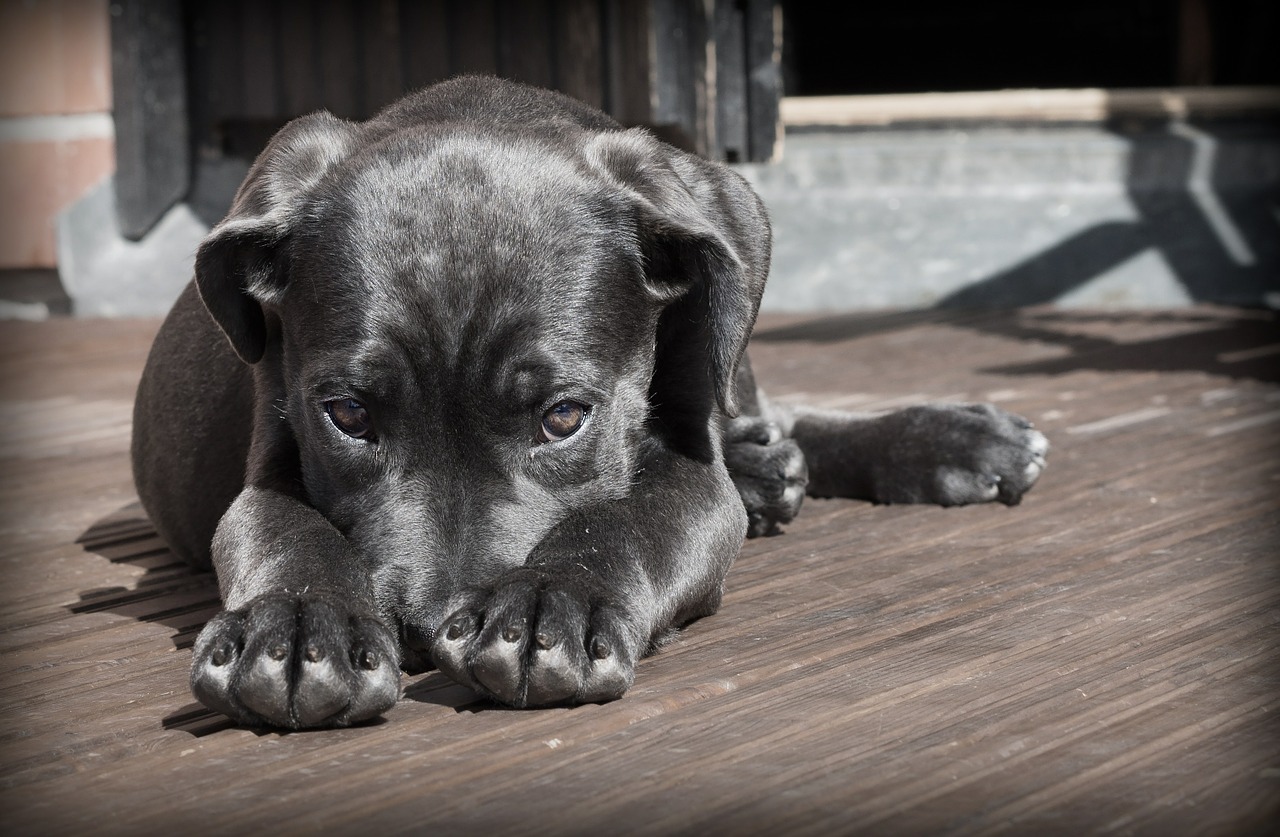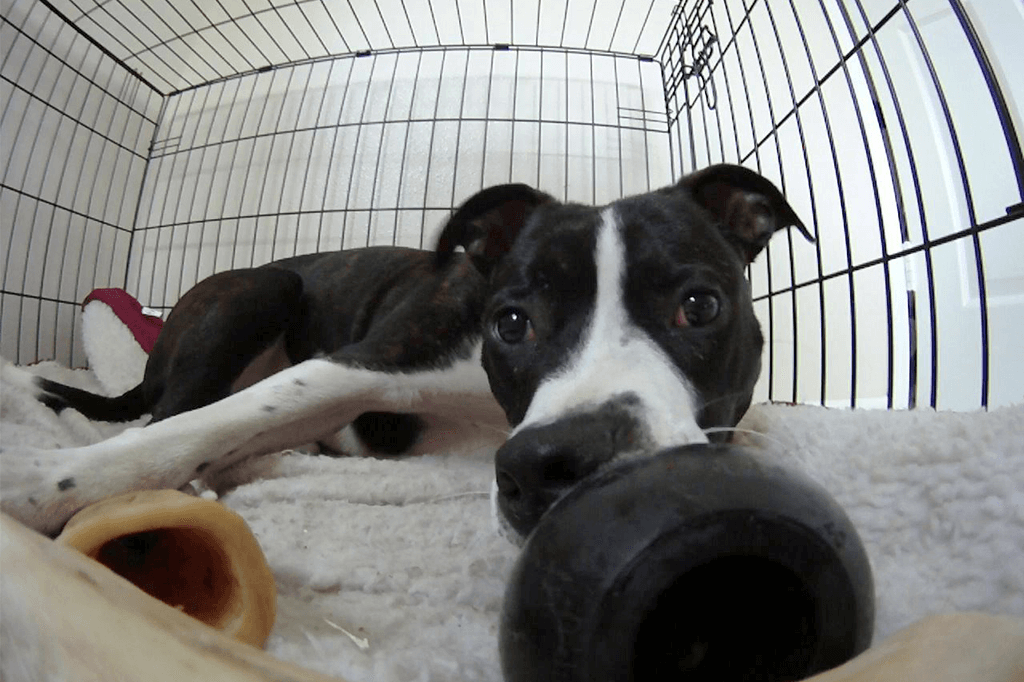10 Ways To Become the Alpha Dog In Your Home
Are you worried that your pets are slowly taking over? Does your dog bark and behave badly in spite of your commands? Well, you might need to work on being more alpha dog and less underdog. Here are ten ways you can help reestablish a more respectful relationship with your furry friend.
#1 Be in Control of Resources
As the human in the relationship, you are naturally the one who has access to most of the resources. You buy groceries at the store. Turn on the tap for water. You can also open the door to go out. So, you are already in an alpha or ‘parent’ position with your dog.
However, keeping control of certain resources in the home can help your dog with manners, such as waiting quietly for their food. You should also minimize the amount of human food they have access to and don’t feed pets at the table. It’s bad for their health and encourages begging.
Side Note: Avoid trying to keep your pet away from food that has already been served in an effort to be more dominant. This can lead to ‘resource guarding’, a bad habit of growling, barking, and guarding. It may even result in a bite if you try to push your pet away from his dish.
#2 Maintain a Calm, Confidence
Alphas are confident because they know that they are the leader of the pack. There is no need to be aggressive or angry. So, whenever dealing with your pet, especially when giving commands, be calm and collected. Speak with a firm voice and make eye contact. This helps your pet know that you mean business.
#3 Go First
Make a habit of going out the door first when you leave the house. You can also do other things this way, such as making your food and then putting down the dog’s dish at mealtime. Being first establishes your position and ensures that the dog is paying attention to your actions. Also waiting to give your dog his food until you are eating keeps him from begging at the table as much.
#4 Establish the Areas You Want to be Dog-Free
Many pet owners have fought with pets over chairs or beds, and even had dogs scratching at the bathroom door! Your furry friends just want to be with you, on a comfortable bed, and don’t mind sleeping in a dog pile.
However, it’s perfectly normal to want some space for yourself. Start establishing pet-free areas now. If your dog is in them, confidently order them off or out. It may take some repetition, but eventually, they will understand that you don’t want them in those areas.
#5 Ignore Bad Behavior
When dogs beg, nip, bark, or generally behave badly, sometimes, the best thing to do is ignore it. This is most effective when you are trying to do something that has the dog’s interest, such as getting ready for a nice long walk. If you would like your pet to calmer while you put on the leash, just stand and wait until they calm down. Don’t yell, talk to them, or even try to grab them. Just be still until they are still.
#6 Create a Fixed Routine
Animals thrive when they have a fixed schedule. It helps to soothe anxiousness as they know what to expect from day to day. Try to establish a routine for daily walks, meals, and even bedtime. Regularly scheduled walks can also do much to improve efforts at housetraining.
#7 Nip Rough Housing in the Bud Early
It may be cute when puppies bark, crawl all over you, and nip at your fingers. Unfortunately, these can become bad habits in an adult dog. Playing with your pet is a wonderful way to bond and use up some of that excess energy. The problem occurs when your dog starts to bite too hard or jump up on you. Get this under control, so your pet doesn’t accidentally hurt someone. Give teething puppies a chew toy to cut their teeth on. Stop playing and ignore a puppy or an adult dog until they calm back down again.
#8 Leash Train Your Pet
Some dogs want to take off as soon as they get outside. However, they are usually attached to a lead and end up pulling you along too! Build good habits with regular leash training. This includes making sure your pet knows that they can’t drag you along.
How can you do this? One method is to set up a practice walk with a treat or toy at a short to medium distance. Start walking towards the goal, as soon as your pet pulls, turn around and go back to the starting point. Repeat this practice until your dog picks up on the idea that the leash must remain loose. It can take a lot of practice as this isn’t a natural way for dogs to walk. So, be patient.
#9 Keep Up With Training Sessions
Of course, it’s useful to keep up with all of your dog’s training. Make it a habit for yourself too. Say once a week pick an area that you want to focus on with your pet. Then, set aside some time for a short training session with your pet’s favorite treats.
#10 Don’t Worry Over It
More and more people are starting to realize that a relationship with your dog doesn’t have to be maintained by strict social roles. Dogs aren’t always vying for dominance or looking to take over the pack. Sometimes, they only want to have good food, a comfy sleeping spot, and someone warm to snuggle. If you’re still working on training or give in every now and then with a snack, it’s okay. You haven’t irreparably harmed your position in the pack. Your dog will still look up to you for guidance on how to behave.
If you are still having trouble with an untrained dog, it may be time to start some obedience training! The RAPT (Reinforce-Alpha-Positive-Training) method is designed to help lost pet owners find their way into a better relationship with their dogs.



